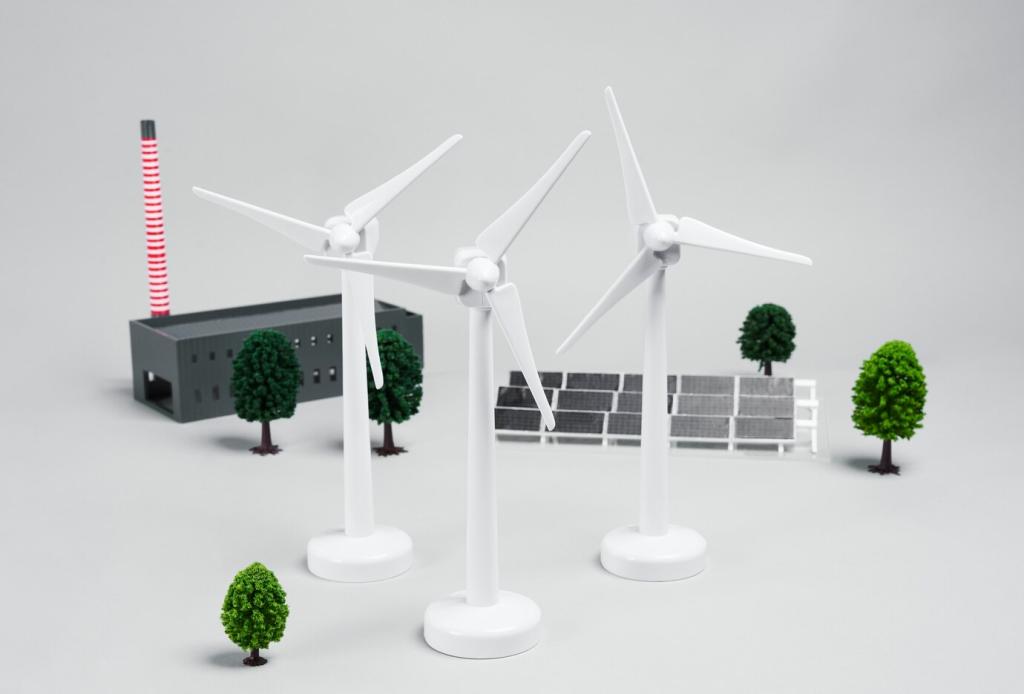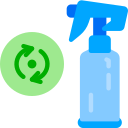Clean Smarter: Tips for Reducing Chemical Use in Cleaning
Chosen theme: Tips for Reducing Chemical Use in Cleaning. Welcome to a fresh, practical guide that helps your home sparkle with fewer harsh products, more smart strategies, and healthier air. Subscribe for weekly low-chemical challenges and share your wins!
Why Reducing Chemical Use in Cleaning Matters
Healthier Indoor Air
Fewer volatile ingredients means fewer irritating fumes, especially in small spaces like bathrooms and kitchens. One reader, Maya, cut back on synthetic sprays and saw fewer headaches within weeks. Share your experience with fragrance-free swaps!
A Greener Footprint
Lowering chemical use reduces runoff of surfactants and preservatives into rivers and oceans. Choosing concentrates, microfiber, and steam prevents pollution upstream. Tell us which eco-friendly changes felt easiest for your household to maintain consistently.
Savings Without Sacrifice
Switching to durable tools and simple ingredients saves real money. Microfiber cloths replace piles of paper towels, while concentrates cut packaging waste. Comment with your most cost-effective low-chemical tip to help new readers start strong.

Room-by-Room Tips for Reducing Chemical Use
Preheat oven grime briefly, then scrape gently. Soak pans in hot water and a pinch of baking soda before scrubbing. Readers report this replaces heavy degreasers most days. What cookware cleanup trick saves you effort?
Room-by-Room Tips for Reducing Chemical Use
Run the fan and open a window to reduce humidity and mildew. Apply a mild cleaner, then give it time to work. Dwell time often beats stronger chemicals. Share your mold-prevention routine and ventilation tips.
Mix warm water, a teaspoon of mild castile soap, and a splash of distilled white vinegar in a spray bottle. Shake gently. Perfect for countertops and handles. Comment if you’ve adapted this for glass surfaces.
DIY Cleaners: Simple, Safe, Effective
Baking soda lifts stuck-on residue; vinegar helps dissolve mineral scale. Apply baking soda paste, wait, rinse, then finish with a vinegar spritz where appropriate. Tell us your favorite ratio and any surfaces you avoid.
DIY Cleaners: Simple, Safe, Effective

Habits That Cut Chemical Reliance
Wipe high-touch spots with a damp microfiber cloth daily to stop grime before it hardens. Two minutes per room prevents drastic scrubbing later. What quick routine kept your weekends blissfully free from heavy cleaning?
Science, Safety, and Smart Choices
Cleaning removes soil; disinfecting reduces pathogens to safe levels. Disinfect when illness is present, for raw meat areas, or after accidents. Otherwise, mechanical removal usually suffices. How do you decide when to disinfect thoughtfully?
Science, Safety, and Smart Choices
Acidic solutions excel on mineral deposits, while alkaline solutions tackle grease. Always test finishes like marble, granite, or wood. Share a surface you struggled with, and we’ll suggest low-chemical approaches that protect materials.


